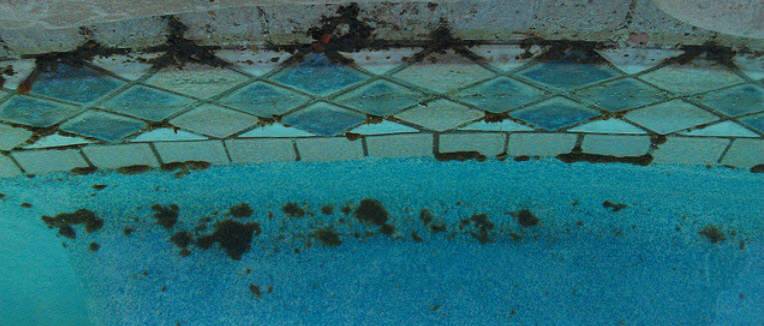Here in bunnings Australia there are these products:
Hyclor cloud out pool reviver (lanthanum chloride inorganic polymers)
Hyclor Salt activ clarifier (polyammonium chloride)
Hyclor cloud out high Strength clarifier (6% polyammnium chloride)
Hyclor clarifier (inorganic polymers)
Pts clarifier (iorganic polymers)
What are all these chemicals? What do they do? Are they of any use in a salt pool with cartridge filter like mine?
Hyclor cloud out pool reviver (lanthanum chloride inorganic polymers)
Hyclor Salt activ clarifier (polyammonium chloride)
Hyclor cloud out high Strength clarifier (6% polyammnium chloride)
Hyclor clarifier (inorganic polymers)
Pts clarifier (iorganic polymers)
What are all these chemicals? What do they do? Are they of any use in a salt pool with cartridge filter like mine?


